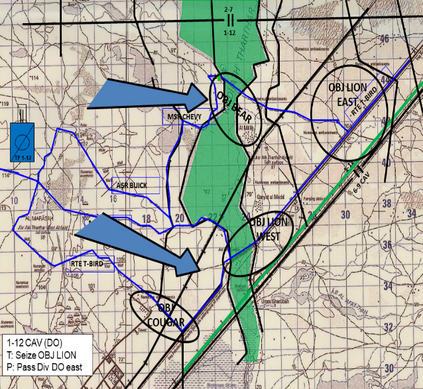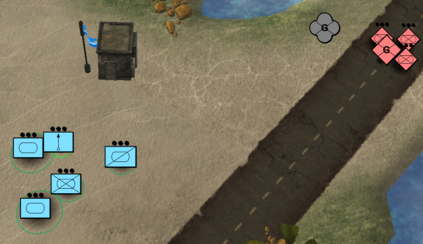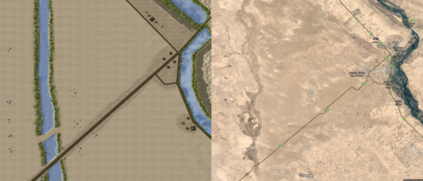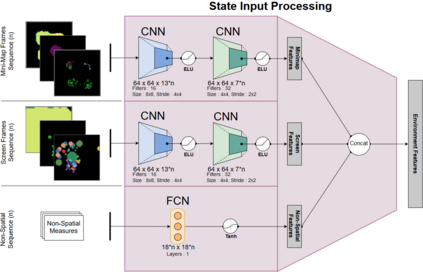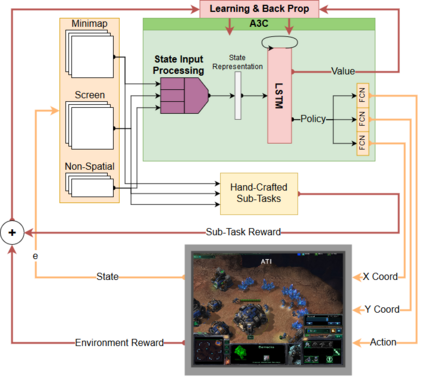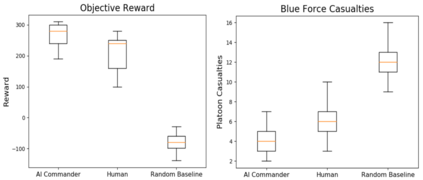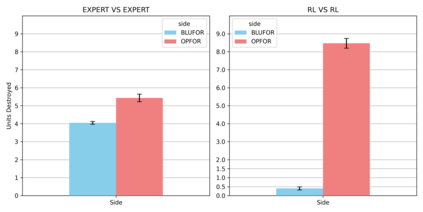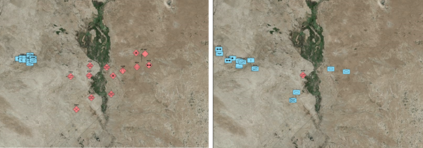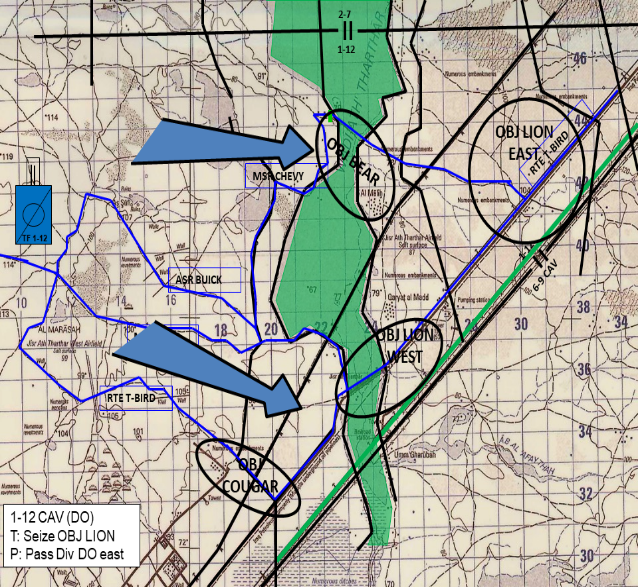Games and simulators can be a valuable platform to execute complex multi-agent, multiplayer, imperfect information scenarios with significant parallels to military applications: multiple participants manage resources and make decisions that command assets to secure specific areas of a map or neutralize opposing forces. These characteristics have attracted the artificial intelligence (AI) community by supporting development of algorithms with complex benchmarks and the capability to rapidly iterate over new ideas. The success of artificial intelligence algorithms in real-time strategy games such as StarCraft II have also attracted the attention of the military research community aiming to explore similar techniques in military counterpart scenarios. Aiming to bridge the connection between games and military applications, this work discusses past and current efforts on how games and simulators, together with the artificial intelligence algorithms, have been adapted to simulate certain aspects of military missions and how they might impact the future battlefield. This paper also investigates how advances in virtual reality and visual augmentation systems open new possibilities in human interfaces with gaming platforms and their military parallels.
翻译:游戏和模拟器可以是一个宝贵的平台,用于执行复杂的多试剂、多玩家、不完善的信息情景,与军事应用有显著的相似之处:多个参与者管理资源并作出决定,掌握资产,以保障地图特定区域的安全或抵消对立力量。这些特征通过支持发展具有复杂基准的算法和快速复制新想法的能力,吸引了人工智能(AI)群体。StarCraft II等实时战略游戏中人工智能算法的成功也引起了军事研究界的注意,其目的是探索军事对等情景中的类似技术。为了弥合游戏和军事应用之间的联系,这项工作讨论了游戏和模拟器以及人工智能算法如何与模拟军事飞行任务的某些方面以及它们如何影响未来战场的问题。本文还探讨了虚拟现实和视觉增强系统的进展如何为人类与游戏平台及其军事平行的界面带来新的可能性。

